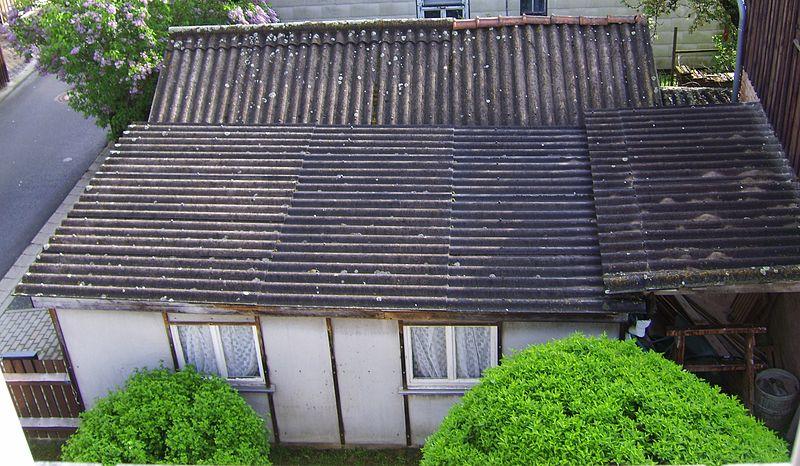Asbestos
What is asbestos?
Asbestos is the name given to a group of naturally occurring fibrous minerals that are resistant to heat and corrosion. Because of these properties, asbestos has been used in commercial products such as insulation and fireproofing materials, automotive brakes, and wallboard materials.
How are people exposed to asbestos?
If products containing asbestos are disturbed, tiny asbestos fibers are released into the air. When asbestos fibers are breathed in, they may get trapped in the lungs and remain there for a long time. Over time, accumulated asbestos fibers can cause tissue inflammation and scarring, which can affect breathing and lead to serious health problems.
Low levels of asbestos fibers are present in the air, water, and soil. Most people, however, do not become ill from this type of exposure. People who become ill from asbestos usually have been exposed to it on a regular basis, most often in a job where they have worked directly with the material or through substantial environmental contact.
Most heavy exposures to asbestos occurred in the past. The heaviest exposures today tend to occur in the construction industry and in ship repair, particularly during the removal of asbestos-containing materials due to renovation, repairs, or demolition. Workers may also be exposed during the manufacture of asbestos-containing products, such as textiles, friction products, insulation, and other building materials.
Which cancers are associated with exposure to asbestos?
Exposure to asbestos causes most mesotheliomas (a relatively rare cancer of the thin membranes that line the chest and abdomen); it can also cause cancers of the lung, larynx, and ovary.
What can be done to reduce the hazards of asbestos?
The use of asbestos is now highly regulated in the United States. The Occupational Safety and Health Administration has issued standards for the construction industry, general industry, and shipyard employment sectors.
How does smoking tobacco affect the risk of asbestos-associated cancers?
Many studies have shown that the combination of tobacco smoking and asbestos exposure is particularly hazardous. However, there is also evidence that quitting smoking reduces the risk of lung cancer among asbestos-exposed workers.
Selected References
- IARC Working Group on the Evaluation of Carcinogenic Risk to Humans. Arsenic, Metals,
Fibres andDusts . Lyon (FR): International Agency for Research on Cancer; 2012. (IARC Monographs on the Evaluation of Carcinogenic Risks to Humans, No. 100C.) Also available online. Last accessed February 13, 2019. - National Institute for Occupational Safety and Health. Asbestos, NIOSH Pocket Guide to Chemical Hazards. Atlanta, GA: Centers for Disease Control and Prevention, 2010. Also available online. Last accessed February 13, 2019.
- National Toxicology Program. Asbestos, Report on Carcinogens, Fifteenth Edition. Triangle Park, NC: National Institute of Environmental Health and Safety, 2021. Also available online. Last accessed December 5, 2022.
